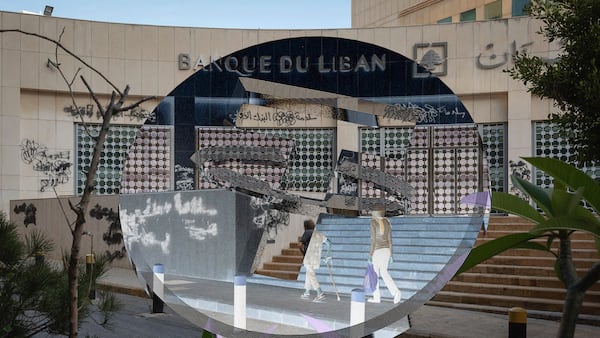In a development that may trigger a wave of selling, Ethereum’s long-awaited Shapella upgrade is poised to commence today at around 22:00 UTC.
The big news: Users will be able to unlock Ether deposited into the blockchain’s staking contract for the first time since December 2020.
Shapella will let stakers withdraw 18.2 million of previously locked Ether, currently worth over $34.1 billion. Many of the Ethereum faithful maintain the event could drive increased activity across the blockchain.
Selloff fears
Yet the release has raised fears of a decline in the price of the second most valuable cryptocurrency if the stakers cash in their unlocked Ether.
Ethereum staking is essential in validating transactions and maintaining the decentralisation of the world’s top smart contract blockchain. Anyone with 32 Ether can spin up a validator on their computer, stake their coins, and receive a yield for helping process transactions.
Depending on network conditions, stakers stand to earn between 4 to 6% annually, paid automatically by the network in Ether.
NOW READ: Arbitrum reels from voting drama as concerns over decentralisation loom large
Before Shapella, many potential stakers worried that they may never be able to withdraw their Ether after staking it. Others cited delays to the staking withdrawal upgrade or unexpected bugs in the upgrade’s code as additional risks.
But as long as the Shapella upgrade is successful, these concerns should be alleviated.
“The main benefit of the [Shapella] upgrade is the reduction of risk associated with staking,” Valerie Tetu, the head of go-to-market strategy at liquid staking provider Lido Finance, told DL News.
‘The main benefit of the upgrade is the reduction of risk associated with staking.’
— Valerie Tetu
According to Tetu, the upgrade will support the growth of staking activity, and motivate more staking tools and services to emerge and compete.
Lido is currently the biggest Ethereum liquid staking provider, with $11.52 billion worth of Ether staked through the protocol. It is also the top DeFi protocol, according to DeFiLlama data.
Daniel Dizon, founder of the liquid staking protocol Swell, said Ether staking will benefit from an “improved risk-reward profile” once withdrawals are active. He said that the upgrade will result in “higher staking rate participation, further bolstering the economic security of Ethereum.”
One-way trip
Ethereum staking was, until now, a one-way trip. Users could deposit Ether into the blockchain’s staking contract to earn yield, but could not realise any of their gains, or withdraw their initial stake.
Dizon said he expects liquid staking derivatives — tradable tokens which represent staked Ether — to rise in use following Shapella. He said liquid staking tokens have become popular among DeFi users because they let holders earn a yield on their Ether through staking and use it across other DeFi protocols.
NOW READ: Recovering scammed assets should be easier with blockchain data but it’s not
Now that early depositors can queue their staked Ether for withdrawal, many in the Ethereum community worry about a surge in profit taking. That’s because since staking went live in December 2020, the price of Ether has almost quadrupled.
“It is difficult to ignore the possibility of added selling pressure around and after the upgrade based on the unlock mechanism,” Josh Olszewicz, head of research at crypto asset management firm Valkyrie Investments, told DL News.
Olszewicz said his “neutral to bullish scenario” is that most stakers will submit partial withdrawals for the yield they have generated, while leaving the majority of their Ether staked.
Staking pools
However, Olszewicz also said the greatest selling pressures may come from defunct crypto lenders or exchanges who have assets that need to be sold in order to recoup funds for creditors or interested parties.
Specifically, the Securities and Exchange Commission ordered centralised exchange Kraken to shut down its staking activities for US retail customers in February. Kraken currently accounts for 6.8% of all staked Ether, a large portion of which it will likely need to unstake and return to US customers.
Shapella, which blends changes to Ethereum’s execution layer (Shanghai) and consensus layer (Capella), is what industry insiders call a “hard fork” — a radical change to a blockchain that requires all users to upgrade to the latest version.
The upgrade is the most substantial change to Ethereum since The Merge last September, which transitioned the blockchain from the energy-intensive Proof of Work validation system to the greener Proof of Stake approach.
In addition to enabling staking withdrawals, Shapella also introduces five EIPs (Ethereum Improvement Proposals) which make changes and improvements to the code used to create programs on the blockchain, and an update to the network’s engine API.



